For 24 Years, This Wealthy Socialite Shut Herself In A Hotel Room And The Story Is Incredible
Ida Wood was a wealthy New York socialite during the turn of the 20th century. She touched the hands of many fascinating figures of history, then spent the last corner of her life living amongst treasures and filth in a luxurious hotel. Her story inspired hundreds of newspaper stories after her death—and thousands of inheritance-hungry people to write in.
After she died, her legacy—a large fortune—created a hysterical frenzy amongst the American population. The subtitle of a famous book written about her many years later was, “A stranger-than-fiction report of intrigue and greed that resulted in one of the most important and exciting inheritance cases in American law.” Read on to learn more about Ida.
An Intriguing Recluse
If you read the newspapers in March of 1932, you might have seen the headline: “RECLUSE, 93, HOARDING MILLION DEFIES TREASURE SEARCHERS.” But nobody could have ever guessed there was so much more to this story.

Source: Ida Wood
Or how it would turn polite society upside down. Who was this Ida Wood? She would barely say a word to anyone—or at least nobody had been able to land an interview. She had, after all, evaded society for a quarter of a decade.
Who She Claimed To Be
Although she had gone missing for two and a half decades, there were still a few people around who remembered her. Her name was Ida Wood—originally Ida Mayfield before she married. By all accounts, she had moved to New York in 1857 when she was 19 years old.

Source: Ida Wood
She claimed to be the daughter of Henry Mayfield, the New Orleanian patriarch of a sugar plantation family, and Ann Mary Crawford, a down-the-line daughter of the Earls of Crawford. Ida passed herself off as a Southern belle in the Big Apple.
New York’s Rich And Powerful
Being a socialite in the 1850s New York Society was no mere trifling affair. A single woman would only last for a short time on her own without a breadline. There were no fancy-free moments for women—they were entrenched in a game of invisible lines, gossip, and strict yet often intangible formalities.
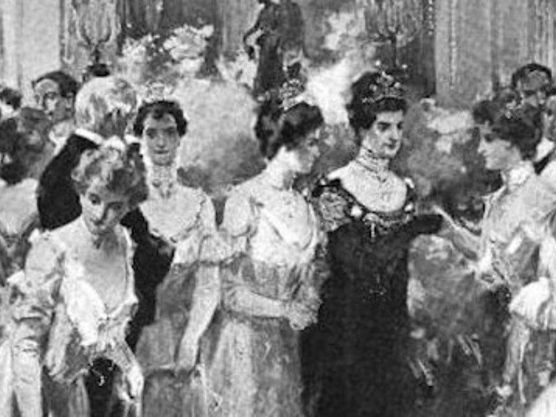
Source: stregis.com
The life of a socialite in New York was not very much different from being a socialite in the courts of old. It was a means of survival. Hosting a party was a tactical affair. Members of American high society were even indexed in a semi-annual publication called the Social Register.
A Lady With An Attitude
High society was still a small pool when Ida arrived in New York, but regardless, her name took her to high places. As a young and vigorous woman, she effortlessly captured the fancy of the attendees of the balls and soirees of the day.
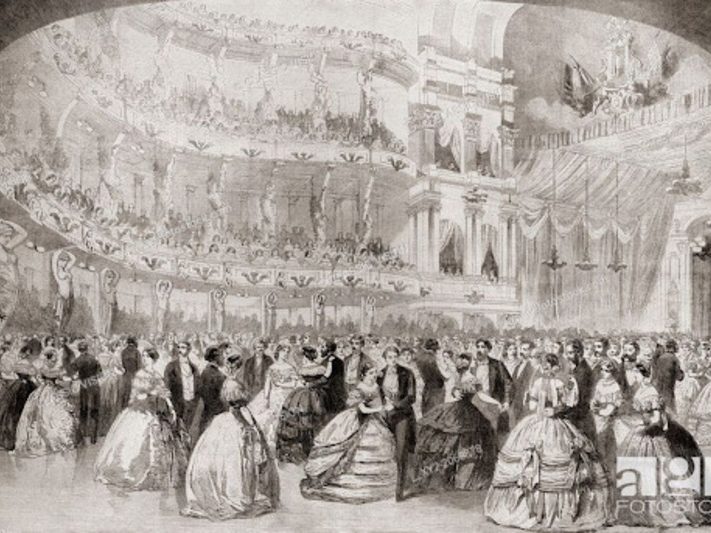
Source: Alamy
As an outsider, she was a breath of fresh air. She set her eyes on many bachelors at these balls, flirting between one man and another, before she caught wind of one particular man by the name of Benjamin Wood.
A Letter To Benjamin Wood
Former congressman, millionaire, and newspaper owner Benjamin Wood caught Ida’s eye—or rather, his name caught his ear. On May 28, 1857, she sent him a letter. “Having heard of you often, I venture to address you from hearing a young lady, one of your “former loves, ‘speak of you.’”
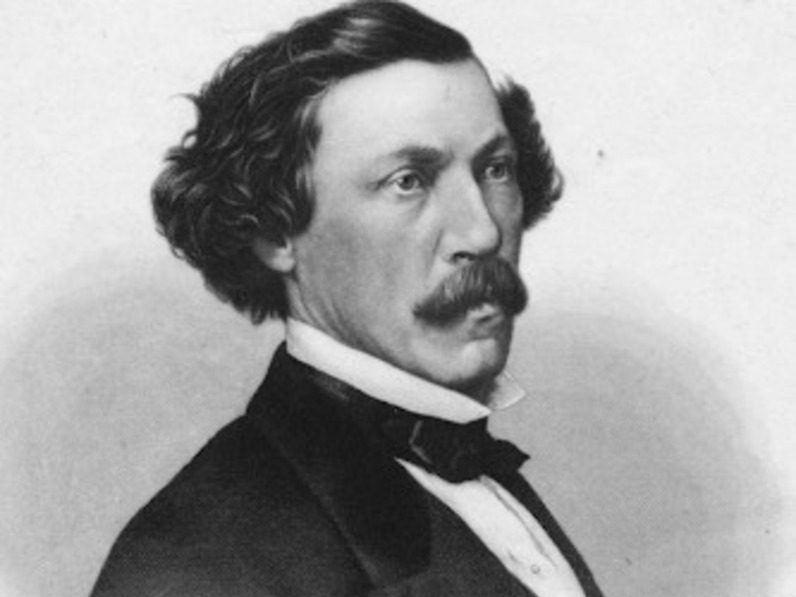
Source: Archive Photos/Getty Images
“I believe that I am not extremely bad looking, nor disagreeable. Perhaps not quite as handsome as the lady with you at present, but I know a little more, and there is an old saying—‘Knowledge is power.’” She arranged to meet him in the same letter.
The Illicit Relationship
The former congressman was already married—he had been married twice, in fact—but that did not assuage him from meeting Ida. They maintained a relationship for years, and Ida slowly gained his trust and respect. Knowledge, it seems, is power.
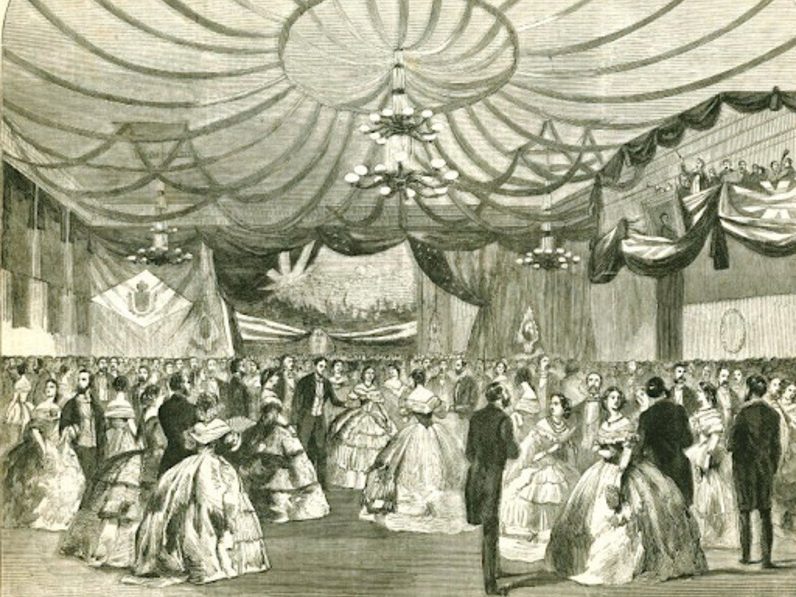
Source: mediastorehouse.com
Ida managed to maintain a comfortable lifestyle during this time, thanks to Wood’s great fortune, all behind Mrs. Wood’s back. The parties and soirees continued, as did the relationship. After a decade, Wood’s wife fell ill and passed away.
Married Into Society
Soon after Wood’s wife (his second) died, he married Ida. Once Ida became the new Mrs. Wood, she was catapulted into a new societal stratosphere. She began dressing in finer dresses and adorned herself with rich jewelry.
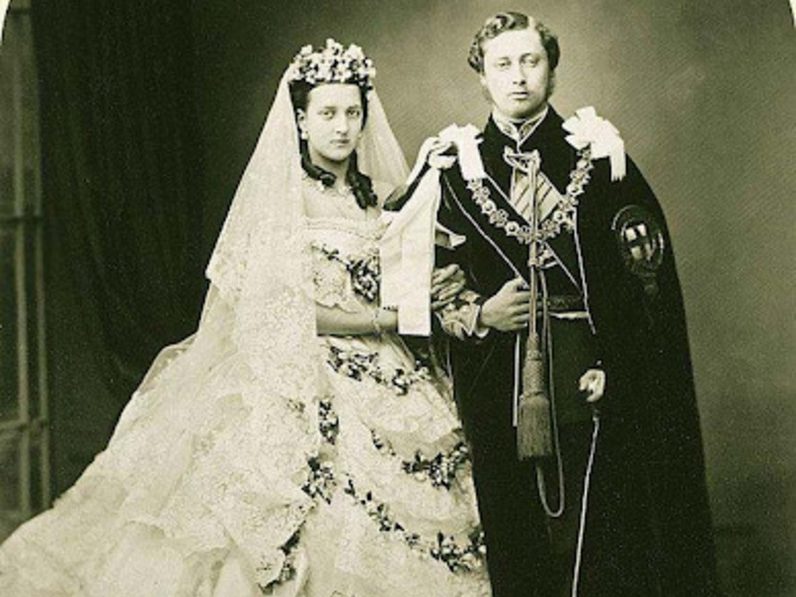
Source: John Jabez Edwin Mayal/Wikimedia Commons/Public Domain
After years of being considered something of an outsider in the high society of New York, she finally gained legitimacy in the city. Ida had a daughter a little while before their marriage was formalized. She named her “Emma.”
Meeting The Prince of Wales
With Benjamin, Ida shone like never before. People took notice of her appearance in the street, and many accounts made it onto the public record. She was known for having a fragile kind of beauty, always garbed in bright attire.

Source: Alamy
In 1860, Edward, the Prince of Wales, came to visit New York City. At a ball, Ida met the prince and even charmed him into a dance on the ballroom floor with her. Prince Edward would go on to become King Edward VII.
Meeting Lincoln
Ida’s influence didn’t only extend to nobility and royalty from the old world. One year after meeting a prince, she crossed paths with another significant figure of his age—none other than the then-president-elect Abraham Lincoln.

Source: oah.org
Lincoln was passing through New York in 1861 on a rail tour that began in Illinois and ended with an inauguration ceremony in Washington. Ida entertained the 16th president at an event in the city. The exchange was sure to have been interesting, given that Ida purported to have come from a wealthy sugar planter family—and given her husband’s political views.
The Daily News
Benjamin Wood was known for engaging in many interests. As well as being a political figure, he was also a businessman. He owned and operated a widely-read newspaper—the New York Daily News (unrelated to the contemporary newspaper), which he purchased after his success in the shipping business.
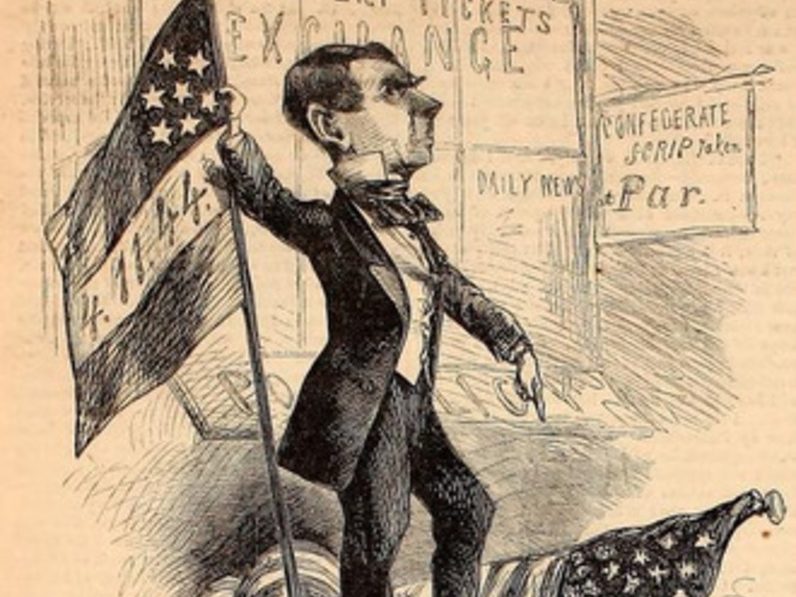
Source: weebly.com
The newspaper was notable for its racist and Confederate-centric views. Under Wood’s direction, the paper ran pro-slavery and pro-secession headlines. This brought Ire upon Wood after Lincoln was elected into power, after which the paper was shut down for two years.
A Turbulent Marriage
Ida had been given a whole decade to find out exactly what she was getting into when she married Wood, but her yearning to enter high society overrode all reservations. Wood was an intense man who thrived on dangerous pursuits—Ida herself being one of them.
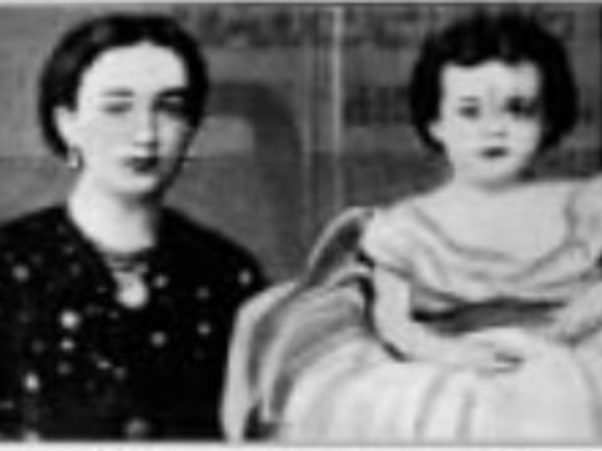
Source: Tumblr
Wood was often at odds with the rest of society. He was a stubborn man who nonetheless played with his fortune. He despised those he deemed lower than him—be it in class, race, or wealth. Later in his life, he was considered a traitor by many northern citizens for his aiding the Confederacy.
A Gambling Problem
Benjamin Wood wasn’t just a gambler when it came to his reputation or love life—he loved high-stakes games. He once famously gambled the newspaper on a bet. For anyone else, this would have been disastrous— but Wood got lucky and held on to his business.
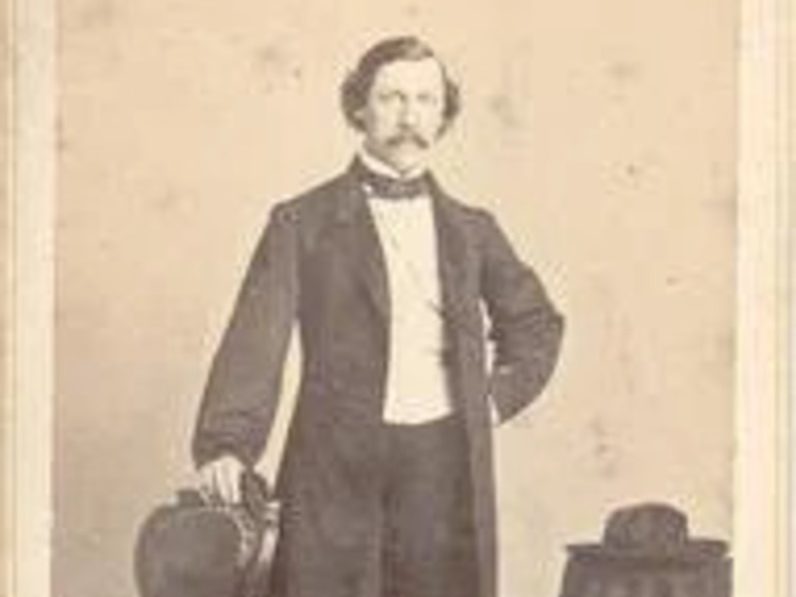
Source: house.gov
He won big—but when Ida caught wind of this, she was none too happy. While Benjamin loved playing with money for the thrill, Ida was extremely careful with her spending habits. His gambling was not a happy subject in their household.
A Financial Arrangement
In order to keep their relationship running smoothly, a compromise was made. Ida came to an arrangement with her husband. Of all his winners, she’d keep half. Anything he lost was on him. Inevitably, he overestimated his abilities.

Source: commons.wikimedia.org
While Wood had only slightly diminished his fortunes over years of gambling, Ida gathered an enormous fortune of siphoned winnings from her husband’s risky games. Rather than flaunt it, she moused it away into savings.
Mr. Wood’s Death
Benjamin Wood had not been a young man when he met Ida. After almost four decades of marriage and after five decades of knowing him, Ida said goodbye to Benjamin in the apartment of the Fifth Avenue hotel.

Source: Tumblr
He spent the year before his death traveling back from Europe, which took a tremendous toll on his body. Upon his death, Ida inherited $2 million—a staggering amount of money in 1900. However, Ida had already been tapping Benjamin’s assets over the years.
The Lady In Charge
Over the years, Ida had gotten Benjamin to transfer his assets and possessions over to her as a way to protect herself from his addictions. By the time he passed away, Ida had already taken control of most of his real estate.
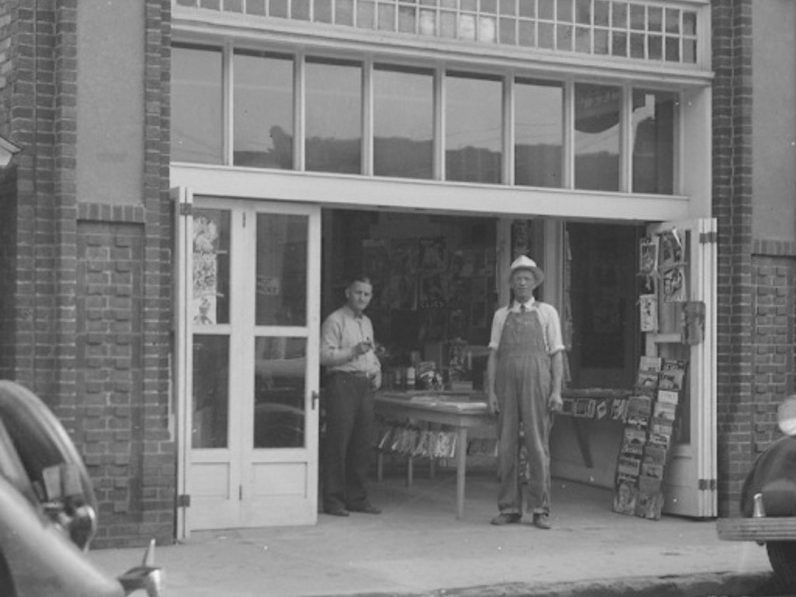
Source: Tumblr
This included the New York Daily News, which had, after a short closure, been running again since 1863. After Benjamin’s funds dwindled to the extreme, Ida offered him $100,000 dollars (a million today) for ownership of his newspaper. He accepted.
Running The Paper
Ida was the first woman to run a newspaper. It was highly unorthodox for a woman to be running any kind of business at this time. During her tenure, Ida took on editorial duties and even penned articles herself.

Source: Tumblr
Ida was not considered a very successful leader by many at the Daily News. As a result, she received many resignations on her desk. Ida did her share of hiring and firing. During the restructuring, she brought in her late husband’s nephew, Benjamin, as a business manager.
The Final Edition
Try as she might, she could not find success running the Daily News. In 1901, one year later, she decided to sell her shares to another well-known magazine and newspaper publisher, Frank Munsey, for far greater than her initial investment.
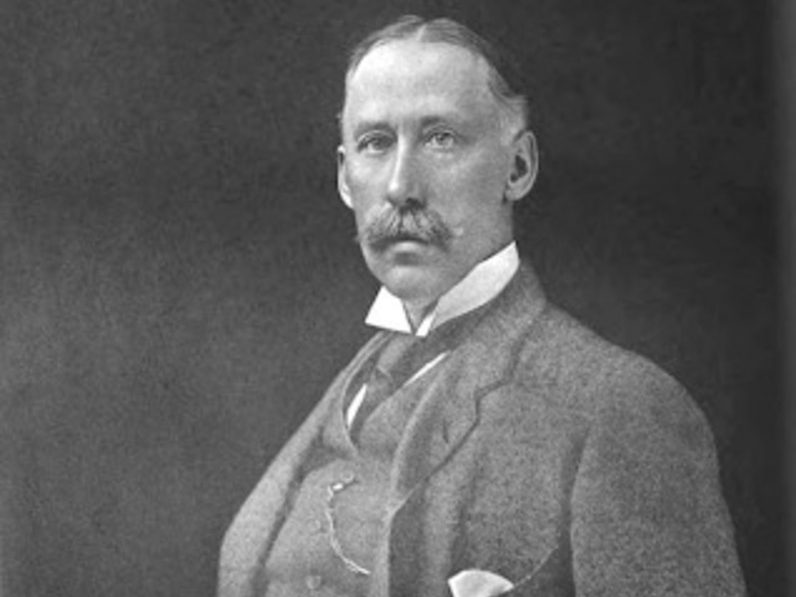
Source: Eng. by E.G. Williams & Bro. N.Y./Wikimedia Commons/Public Domain
She doubled her money and swept up a tidy $250,000 in exchange for her 160 shares. After only three years, Munsey sold his shares again after the Daily News failed to take off, and by the end of 1906, the paper officially ceased publication.
The Great Panic Of 1907
In mid-October 1907, a financial crisis erupted all across the country. Because of a stock manipulation scheme, the market panicked—liquidity shriveled up, and depositors lost confidence in the banks and began pulling out their assets.
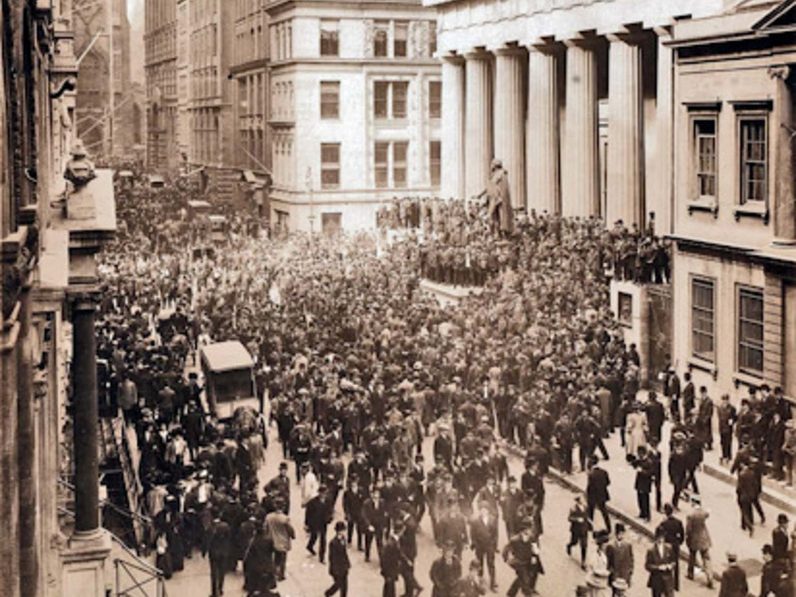
Source: themorgan.org
The stock market lost half of its value overnight. The crisis eventually led to the creation of the Federal Reserve. Everyone was affected—the richest and poorest in the country. As news spread about the deepening crisis, Ida moved to act.
Pulling Out All The Stops
Ida wasn’t willing to let her standing or fortune slide. Even before the panic, she sensed impending financial doom. When the news hit, she sprang into action. She marched to the bank and demanded that they hand over all of her money in cash.
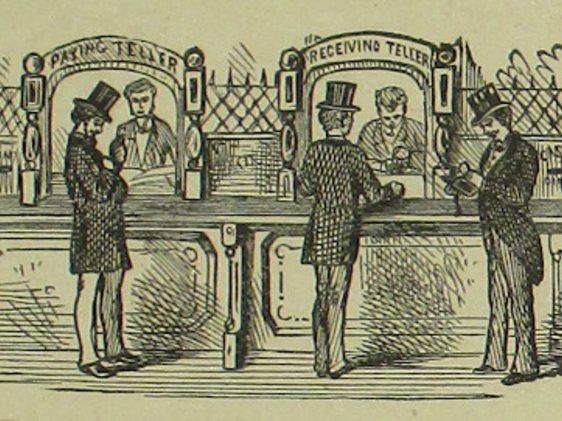
Source: Tumblr
This was an inconceivable amount of money to pull all at once. The bank initially refused until Ida threatened to announce to all the other newspaper businesses that the bank would be unable to honor its obligations to its customers.
The Great Withdrawal
After she threatened the managers with further financial chaos, the bank agreed to give Ida her due—$1 million—all in hard cash. Ida strolled out of the bank and walked into the streets of New York City with all that money in shopping bags.
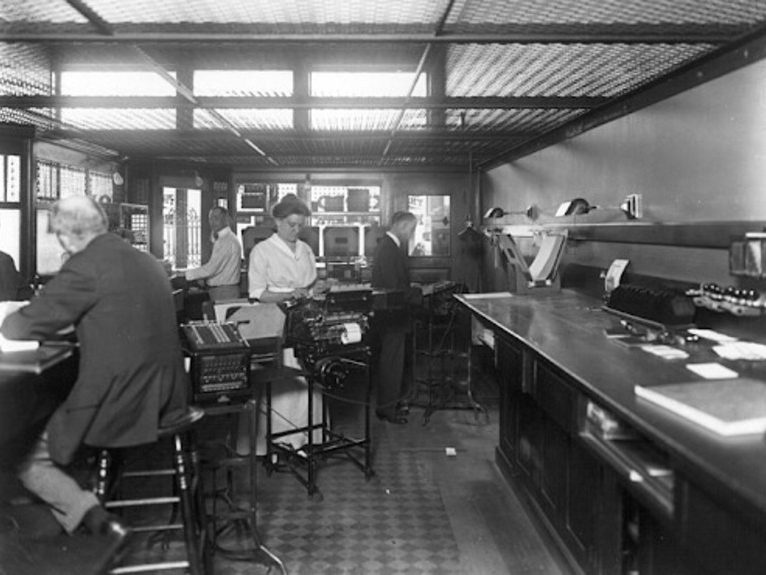
Source: ise.ac.uk
But that money wasn’t enough for her. She sold all the furniture, paintings, and property. Everything that wasn’t (or was) nailed down had to go. She liquidated everything into a pot of cash savings. Ida wouldn’t just withdraw her money from the bank—she also removed herself from the world.
Closing The Door Behind Her
Ida took one last trip around Europe with her sister Mary and daughter Emma to get one last look at the world. At a certain point, she presumably decided that she and her two sisters were spending the money far too quickly. Ida hastily returned to New York City.
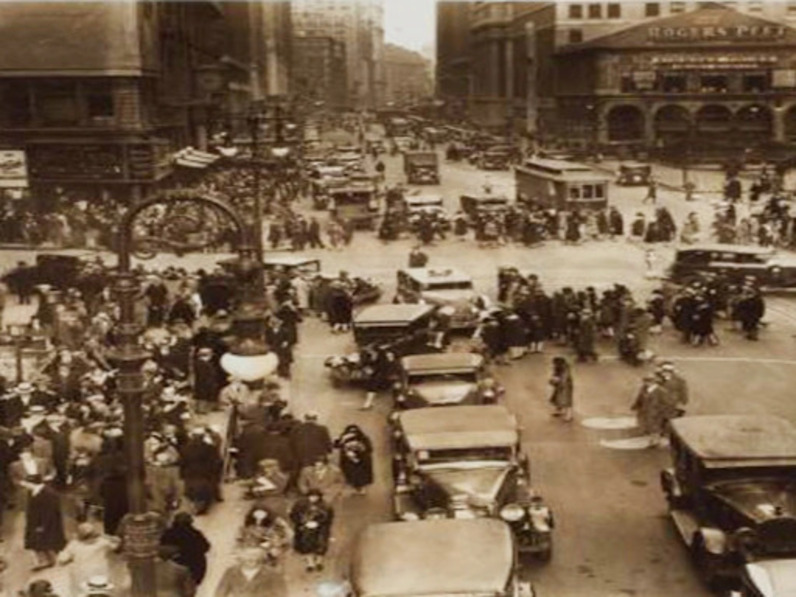
Source: Pinterest
Mary and Emma eventually joined her and returned to the city sometime after. They found that Ida had moved into the Herald Square Hotel. They decided to move in with her, in their own rooms. This was the last anyone would ever see of the women—at least for a long time.
The Herald Square Hotel
Today, the hotel sometimes describes it as a place to “spend a night, not a fortune.” Located next to Macy’s department store and named after the old New York Herald newspaper, this hotel was the place where Ida decided to set up her final residence.
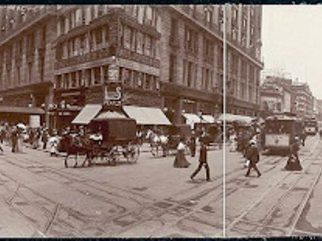
Source: 6sqft.com
It seems that newspapers followed Ida wherever she went. But at the Herald Square Hotel, Ida and her sisters were as far from the headlines as possible. The staff kept her life private and did not question her decision to pay her dues in cash.
Suite 552
The hotel staff was instructed not to enter suite 552, where Ida and her sisters had barricaded themselves from the world. The women rarely handed over their towels for cleaning and subsisted on a simple diet of crackers, eggs, bacon, evaporated milk, and raw fish.
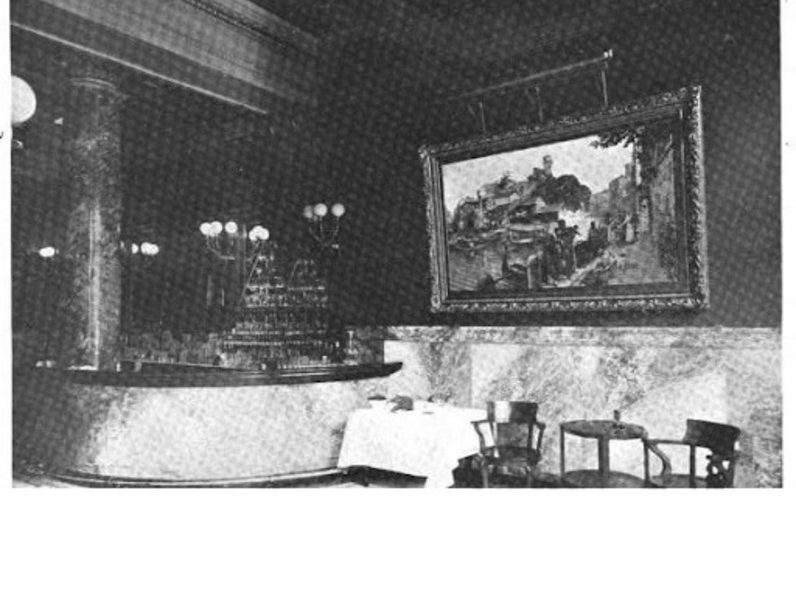
Source: beyondtheglidedage.com
Bellhops would deliver newspapers to their rooms and cigars on rare occasions, and Ida would ask for petroleum jelly. Even when these goods were delivered, their door never opened wide enough for anyone to get a good look inside.
Twenty Four Years Pass By
As if they had left time outside and forgotten the world, the three women spent their days in their rooms. Whatever they did to entertain themselves for those 24 years is a mystery. They ate what was brought to them and saw nothing of the outside.
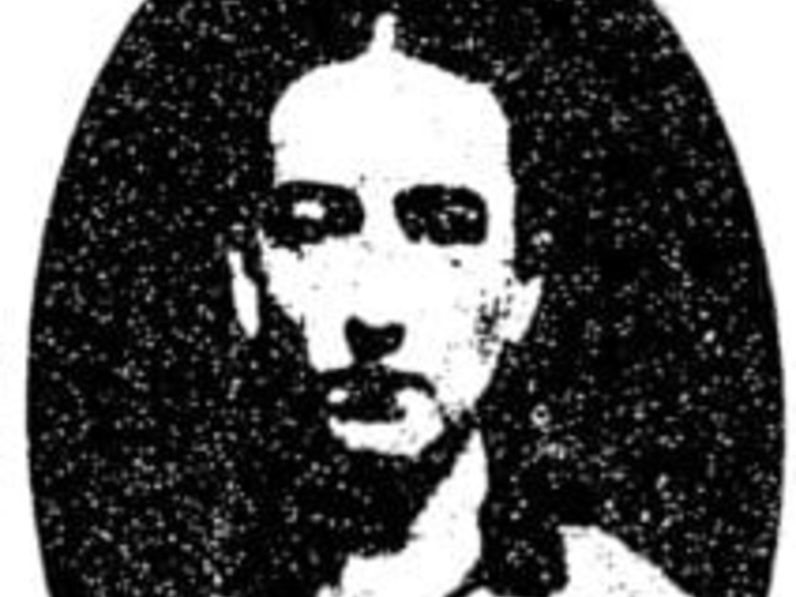
Source: nakedfacenutrition.com
The only clue as to what Ida did with some of her time was the petroleum jelly. For two and a half decades, she would massage it into her face and body as a kind of anti-aging treatment. Their newspaper copies yellowed up with time, and like the news, they, too, grew old.
An Unfortunate Event
Ida continued to pass herself off as a destitute old woman, even though she had been paying in cash for 24 years. Only once was the door opened, and only one of the women left the hotel. In 1926, Emma, Ida’s daughter, became violently ill.

Source: Beyond My Ken/Wikimedia Commons/Public Domain
She left the room and entered hospitalized care. After turning 71, Mary died in the hospital. Neither Ida nor her sister Mary left the hotel to check on her. Even after her death, they remained in their hotel room.
The Reemergence Of A Spectre
The door to the suites remained closed for ten years after Ida’s daughter Emma passed. The two women became even more suspicious and reclusive, even asking the hotel staff to deliver their food by throwing it over the transom (the window above the door).

Source: Pinterest
But suddenly, in 1931, a 70-pound Ida, now 93 years old, came screaming out of her hotel room for help. She was, by then, partially deaf. She feebly demanded medical help for her sister, who, it turns out, had already died.
Uncovering The Trove
Upon her reappearance, the hotel became a nexus of movement. This 93-year-old woman began rambling about being a Southern bell, the wife of a congressman, and a socialite. The hotel staff put it down to senility, seeing all the yellowed newspapers, filth, and soiled sheets.

Source: Pinterest
Lawyers were assigned to look further into her case, including one Morgan O’Brian Jr. Upon searching her room, they found $10,000 in cash—worth almost $200,000 in today’s money, as well as stock records, jeweled necklaces, and other priceless treasures.
The Truth Was Out
Even after 24 years, Ida was far from destitute. But with the death of her sister and with new light being shed on her life, Ida’s health rapidly deteriorated. While she had not been able to bathe herself for quite some time, she had taken particularly good care of her face and skin.

Source: hollywoodreporters.com
Her lawyer, O’Brian, commented, upon interviewing her, that he could tell what an “extraordinarily pretty woman” she had once been. According to her lawyer, her complexion was “creamy,” “pink and unwrinkled,” like “tinted ivory.”
A Twist In The Tale
O’Brian uncovered much in his interview with Ida. She disclosed details about her late husband and time as a socialite. Additionally, as it turned out, Emma, who Ida had been passing off as her daughter for many years, had turned out to be her younger sister.
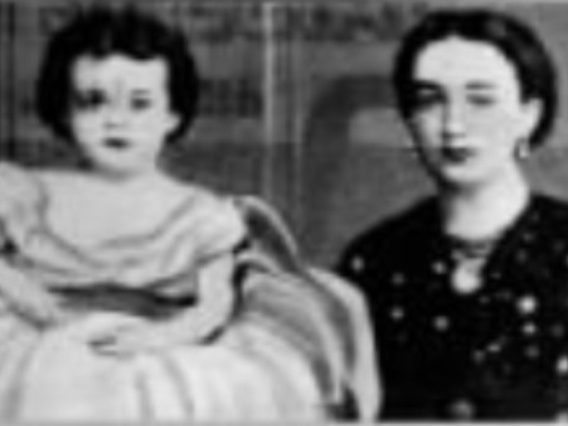
Source: Tumblr
Ida refused to move out of the hotel, and while the staff tried their best to prevent the press from getting wind of the story, the news soon broke. Soon, Ida’s “relatives” were calling in from every corner of the country. The hotel agreed to move Ida to a room below.
Ida’s Secret Stash
As well as finding a shoebox stuffed with $247,000, the lawyer found $500,000 in a secret pocket in her nightgown. In her 50 or so dusty old trunks, they found fine lace garments, bejeweled tiaras, watches, bracelets—all the finest pieces encrusted with gems.
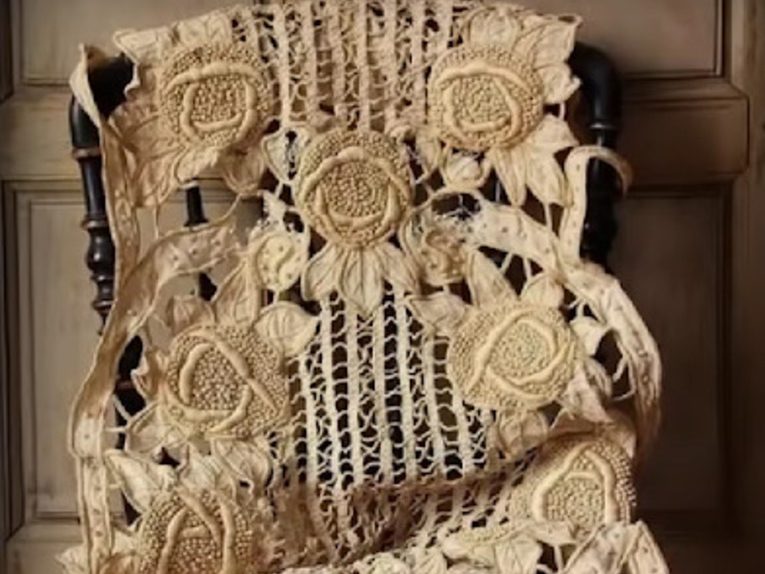
Source: Gold lace fabric/ Pinterest
In the bathroom, they found a portable stove where they had occasionally heated their meals. Near the window, they found an ebony walking stick with a solid gold head—a gift Benjamin Wood had received from President James Monroe. More discoveries were made every day. An old box of crackers contained a diamond necklace worth $40,000.
Ida’s Death
Upon being forced into the room directly below the place she had dwelt for 24 years, Ida sobbed. She had desperately clung to that suite. Even at such an old age, the pain of being exposed was just too much for her to bear.

Source: Samuel Herman Gottscho/Wikimedia Commons/Public Domain
In less than a year after emerging to the outside world in an attempt to save her already dead sister, Ida Wood passed away. Her trunks, 54 in total, were moved into vaults in the Harriman National Bank.
The Staff’s Reaction
The hotel manager at the time, who had been working there for seven years, said that he had never heard of Ida, nor had he heard about the woman living in suite 552. She had always paid the maids and bellhops in cash when her due was up.
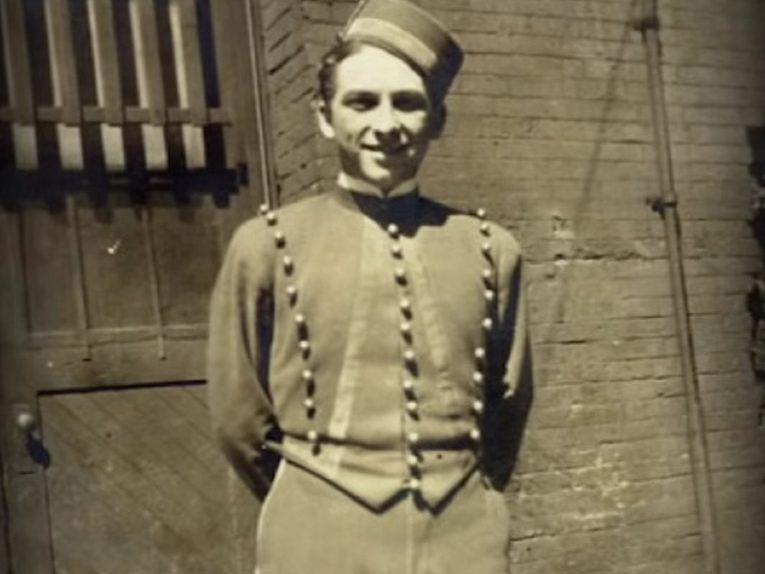
Source: Joshua Muniz/Pinterest
When the bellhops went to her or her sister’s rooms, she would tip them 10 cents, claiming it to be ”the only money she had left.” One maid who worked for the hotel had to convince the mysterious women in the rooms to change the towels only twice.
In The Headlines
After her death, the tabloids went into a frenzy over the story. The “stranger than fiction” story gripped the imagination of New Yorkers and Americans everywhere. After a quarter of a decade of being out of the paper business, she was—posthumously—back in the news.

Source: racingnelliebly.com
The Brooklyn Standard Union read, “A frail but spirited little lady of 93 years, once the belle of mid-Victorian days, today stomped her defiance of searchers spurred by the discovery of nearly a million dollars in currency she hoarded in her hotel room ‘because she was afraid of banks.’”
Without A Will, Without A Way
According to her last will, her sister Mary and her “daughter” Emma were her wealth. But as she survived both of them, her vast fortune would be left to no one. This was during the Great Depression when most people in the United States were desperate.

Source: Unknown source
Relatives of Benjamin Wood came from every corner of the country. Additionally, people with “Mayfield” in their family tree also sprung at the chance of getting some of her inheritance money. But there was a complication.
The Battle Of The Heirs
The treasure-trove hotel suite was put under guard. Rumors about thieves digging up Mary’s grave surfaced. One thousand one hundred three people had come forward claiming to be a relative of Ida’s, each bringing evidence of their ties to the Wood or Mayfield family.
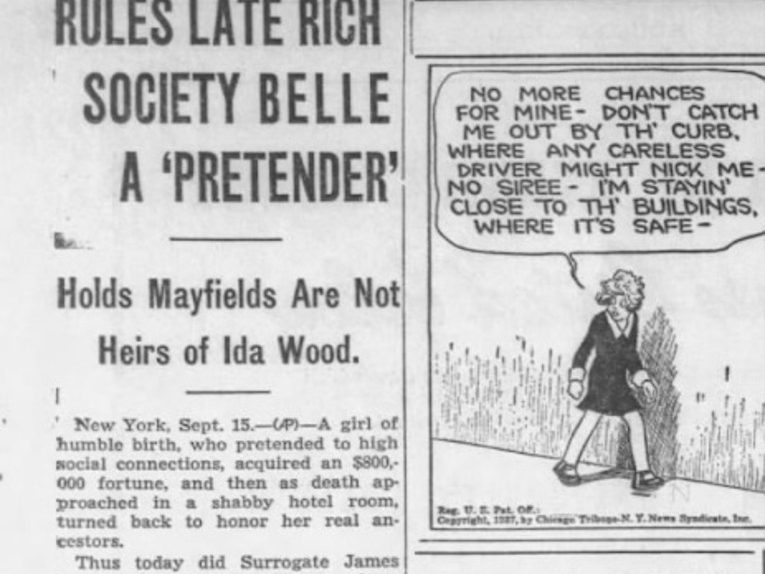
Source: Tumblr
But not a single one of them would get a cent. As it turned out, Ida Mayfield, later Ida Wood, had never been who she had claimed to be. Her real name had been Ellan Walsh. Her story about coming from a sugar plantation family was all fiction. She had fooled them all for years.
Ida’s True Early Life
Ellan Walsh was born in England to Irish parents. She had come with her family to the United States. Around the age of 19, she ran away from home and created a new name and persona for herself. Soon after she met with Benjamin Wood, her younger sister followed.
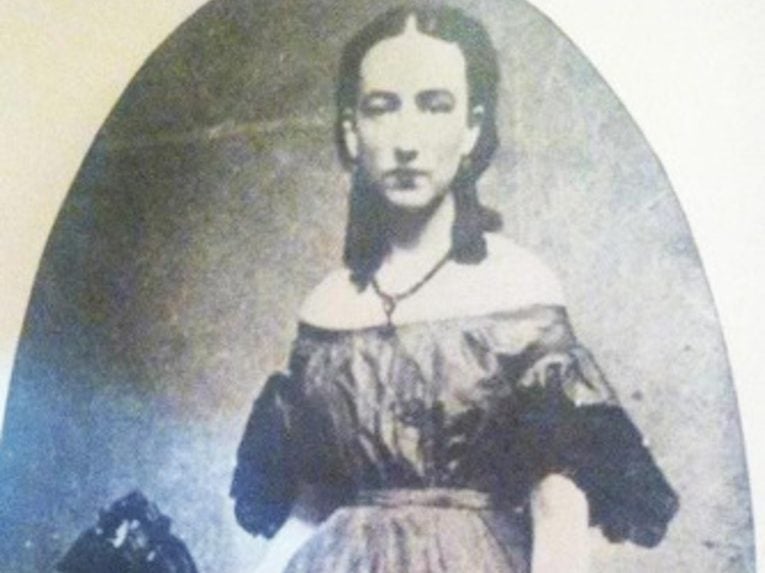
Source: raisedbynewyork.com
Her sister changed her name to Mayfield to match her sister. Ida, or “Ellan’s” late husband, Benjamin, had been in on all of it, but he carried her secret to the grave. But why had she gone to such lengths to cover her tracks? What caused her to reinvent herself?
Irish Immigration to the United States
Back in the 1950s, and for a great majority of America’s history, Irish immigrants were highly mistreated and discriminated against. Ida, or Ellen, had not made up a Southern belle story on a whim—although she came up with the surname “Mayfield” that way.

Source: Jeanne boleyn/Wikimedia Commons
She yearned for the big-time—and to get there, she had to make herself look and sound “white-passing.” A woman of Irish descent would never be allowed into high society. She knew this, and with flair and charm, she fooled them all.
Cox Unravels The Truth
A man named Joseph Cox was charged with sniffing out the heirs of Ida’s vast fortune. He plunged through boxes found in the Herald Square Hotel room. His search took him from an unkempt grave in Massachusetts—to a small bakery in Ireland—all the way to Oldham, a small English town.
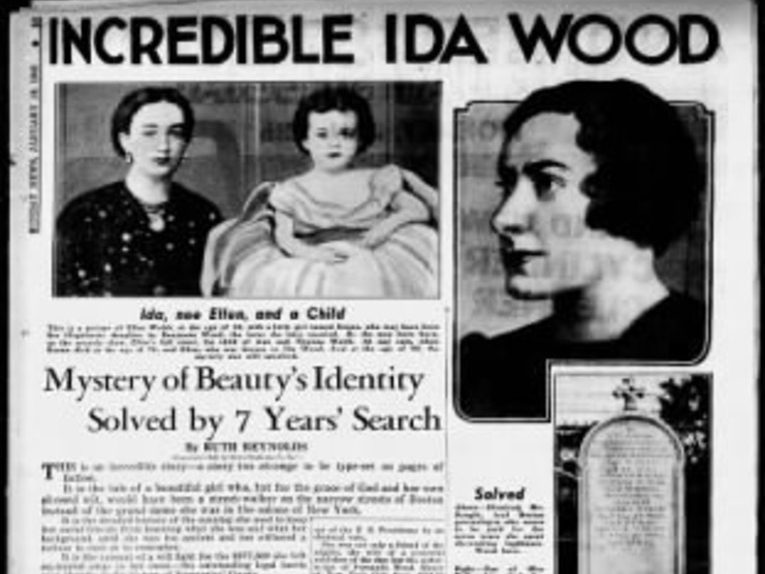
Source: Daily News
Of her “sugar plantation” story, Cox said, “She was not related to anyone in Louisiana […]. Instead, she had left home in Massachusetts in 1857, a lovely and determined lady of 19 years, whose wit, beauty, and vivaciousness bought her entrée into New York society under her assumed name.”
The Big Payout
Instead of going to any of the Mayfields or the Wood families banging at Cox’s door, the fortune was split between ten Irish families. A woman named Katherine Sheehan took the lion’s share. The rest took away $90,000 (over a million in today’s money).

Source: Munten van Dorestad
Receiving inheritance money out of the blue from a relative you’ve never known sounds like a dream come true today, but back in the 1930s, during the Great Depression, it would have seemed like a miracle—a gift from above.
Ida’s Legacy
Ida appeared into the world of high society and seemingly vanished back into the thin air from which she came. Her story created a sensation when her riches were discovered in the old hotel room. Each fresh revelation shocked the population at large.

Source: abebooks.it
Countless books have been written about her, although her tale has drifted into obscurity in popular consciousness over the last hundred years. While her life story had a tragic and ominous end, she could be an unlikely inspiration for those from a lowly background who dreams of making it big.
